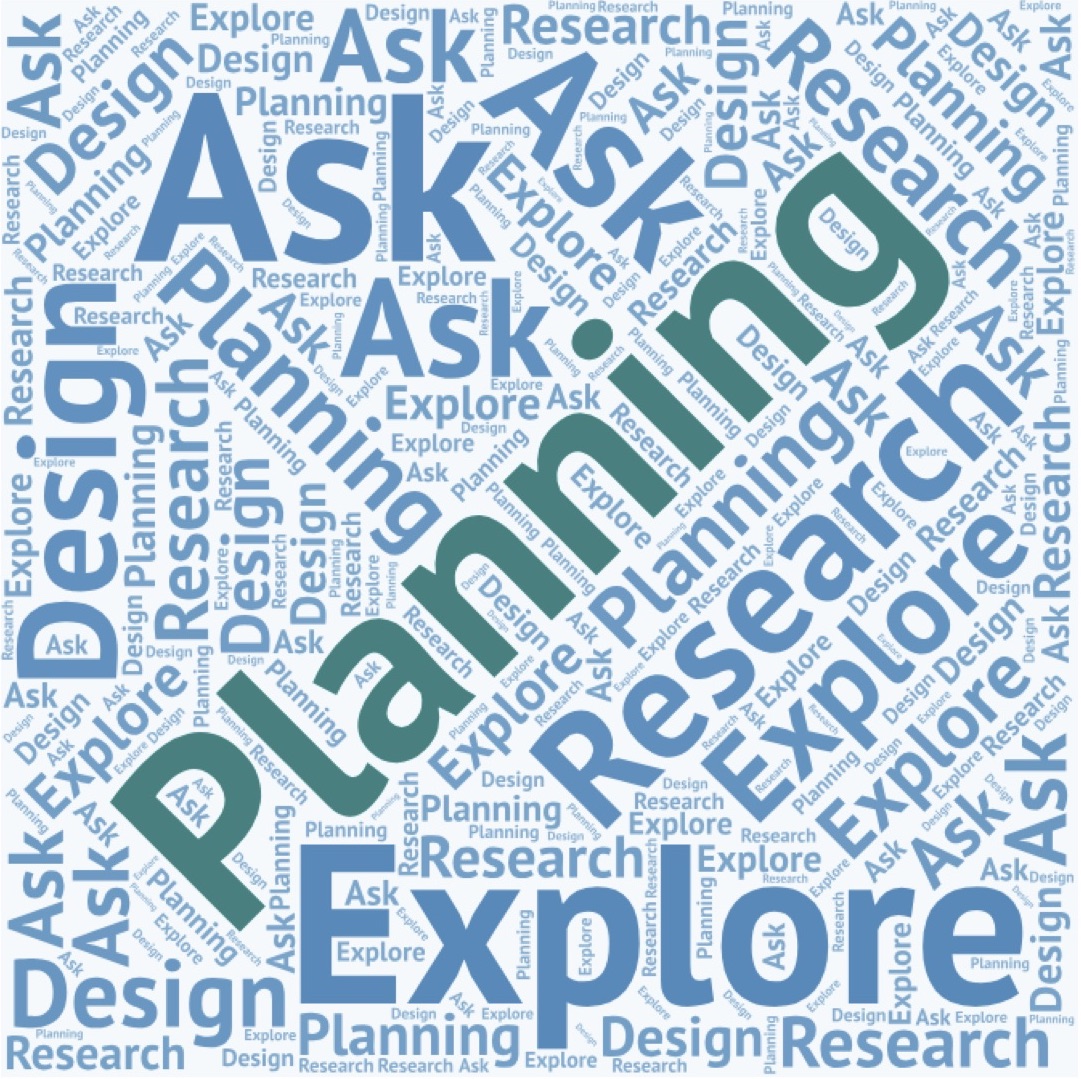Mentor Roadmaps - Planning Your Study
Cross-check Research Design with Research Question to Plan Your Course

The materials, classroom space, and time available will greatly impact the research designs students propose. For example, you may be tempted to suggest students significantly increase their sample sizes for more replicates. Anticipate that many students will have access to basic supplies only (rulers, balances, microscopes) and limited space for their setups.
Many students will choose to conduct experiments. Doing observational studies and investigations using existing data may be less obvious choices for students. The common scientific practice of doing a pilot study prior to larger study will likely be unfamiliar.
See the Student Planning Your Study and Teacher Planning A Study resources for more details on this stage.
Tips for Mentors
- Ask students to describe the materials and timeframe they have available for their investigation.
- Encourage students to observe and measure so they work with both qualitative and quantitative data.
- Ask students to describe the tools they might use to collect data and how they will set up their data collection sheets.
- Suggest students test out their methods to practice and tweak methods before data collection and to consider possible sources of error in observations and measurements.
- Seek a balance between overwhelming students with the complexities of real-world research practices and oversimplifying this for students.